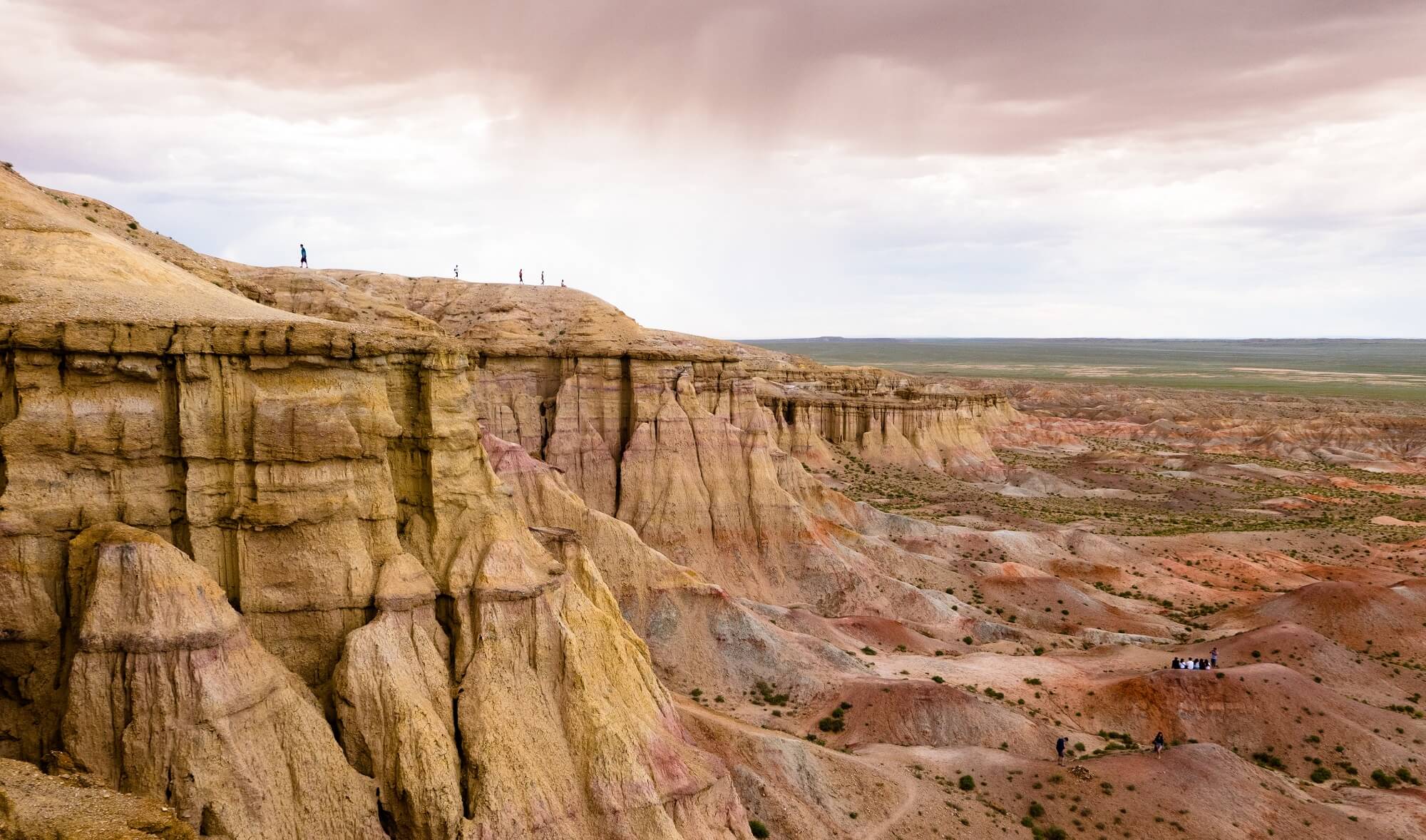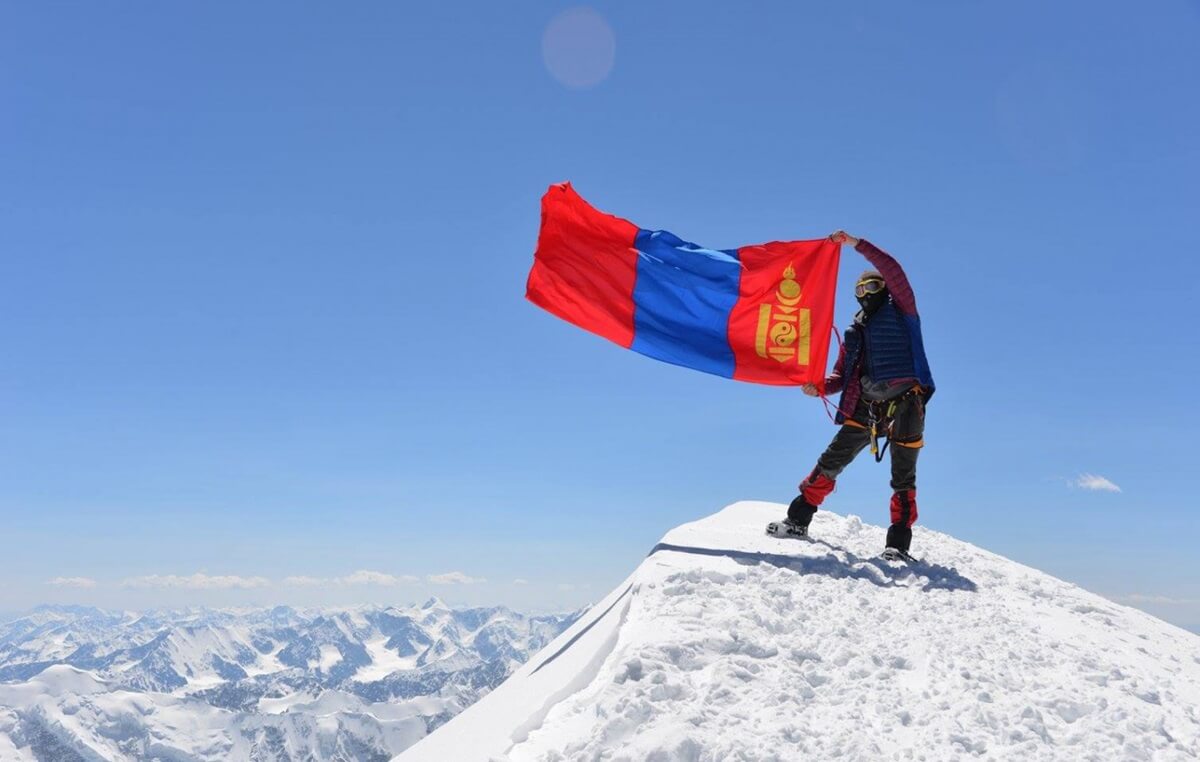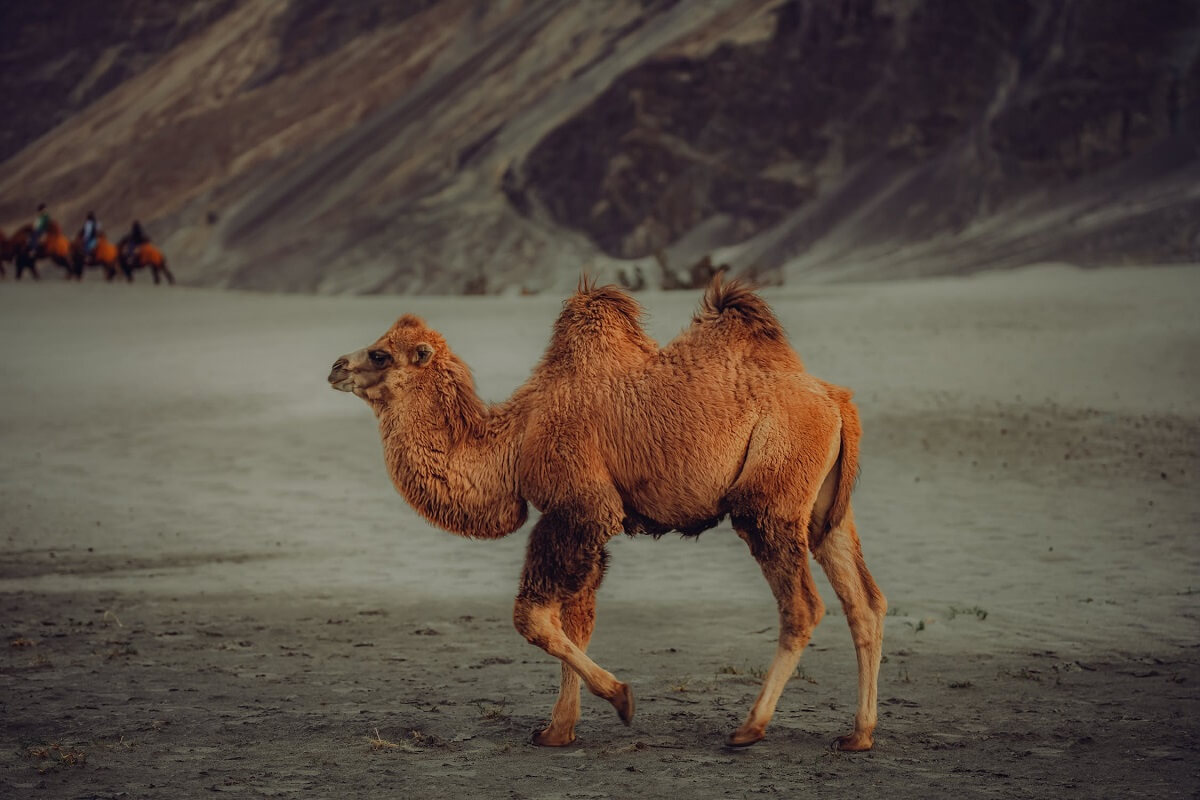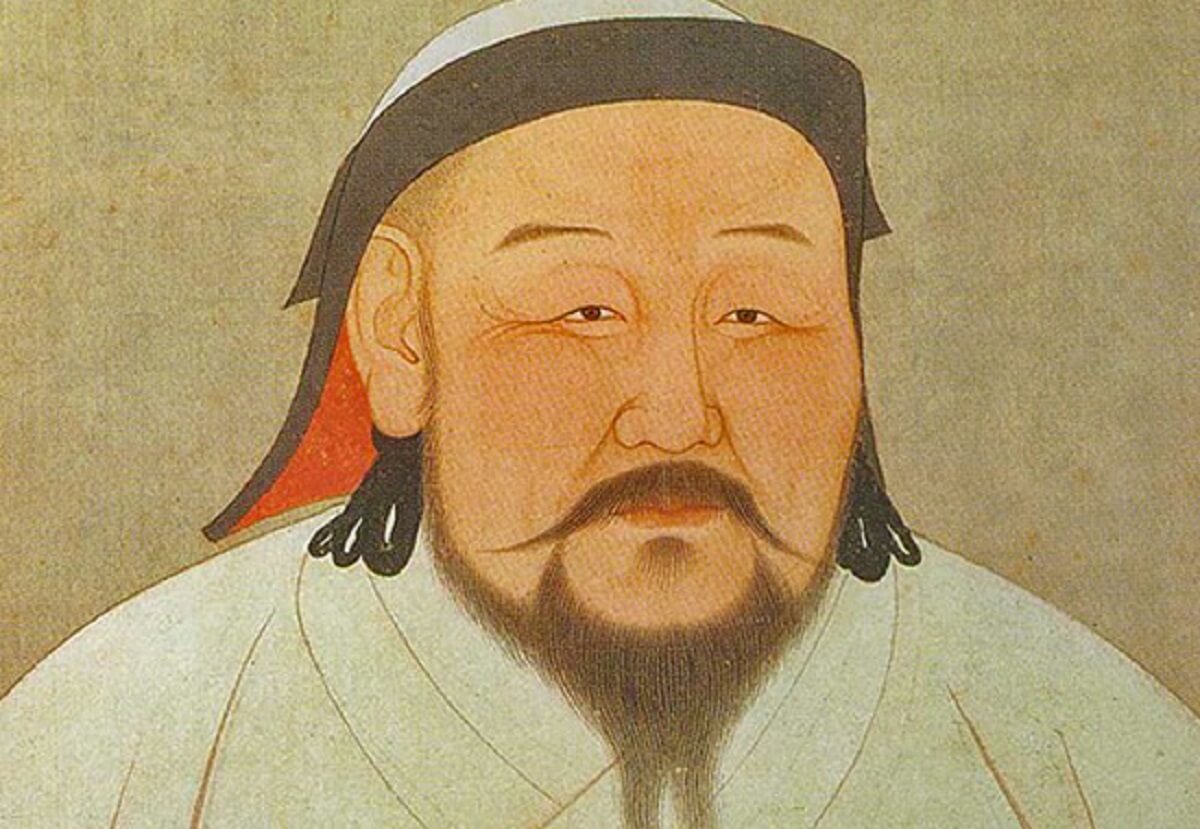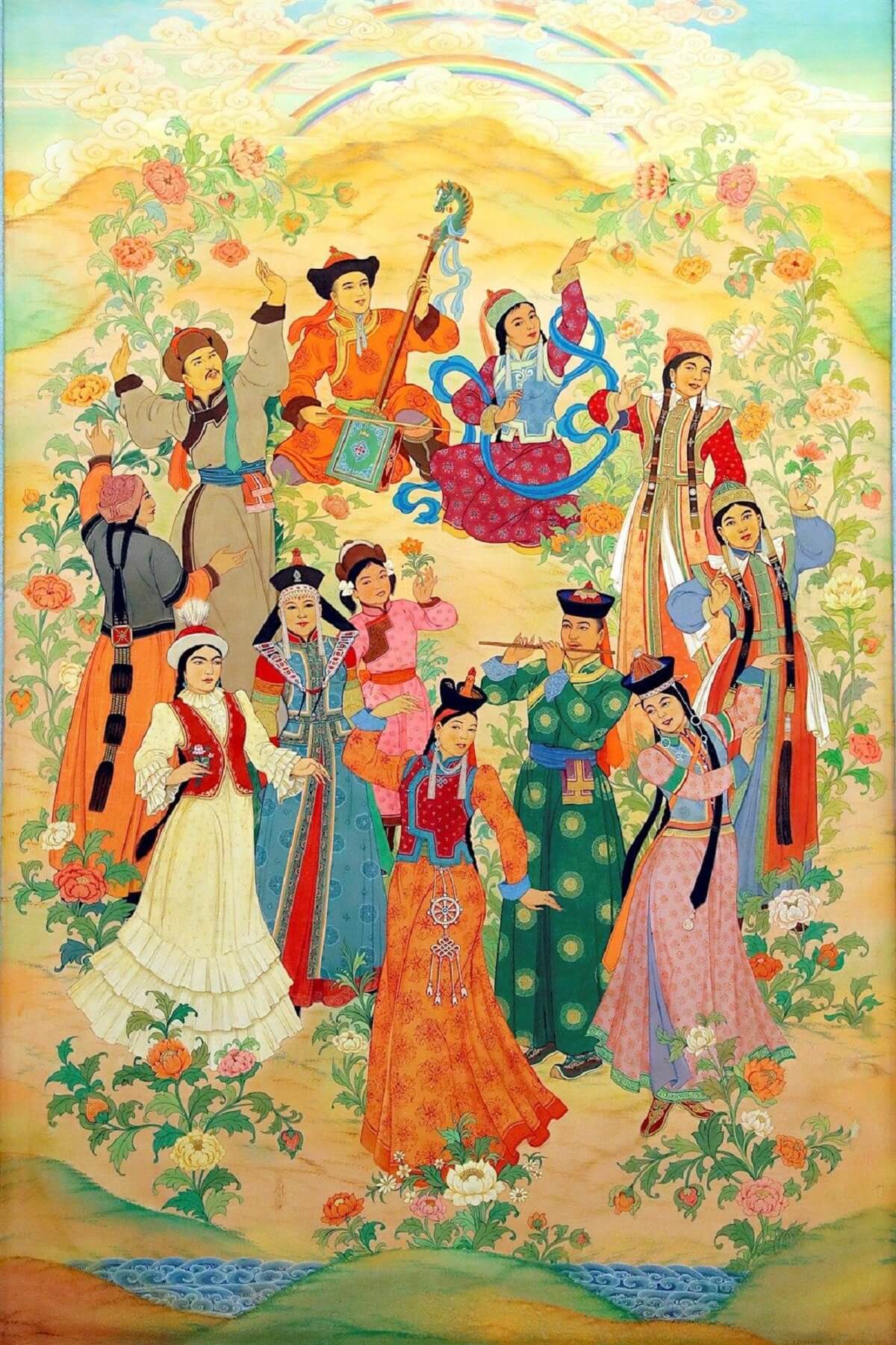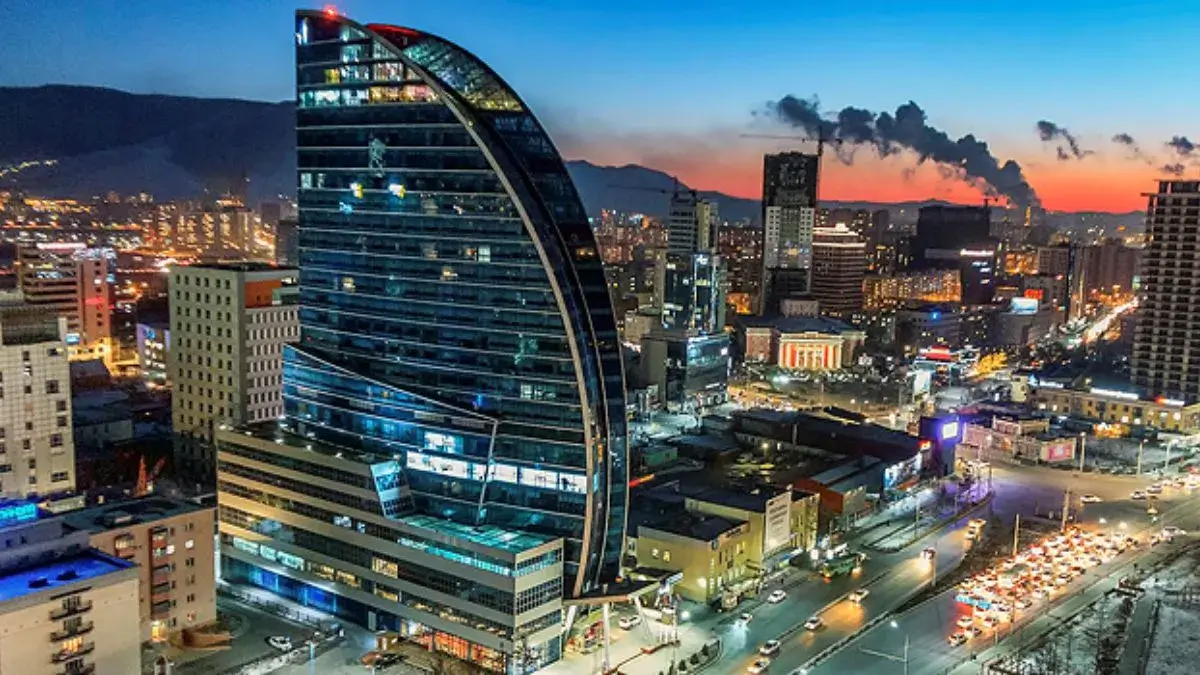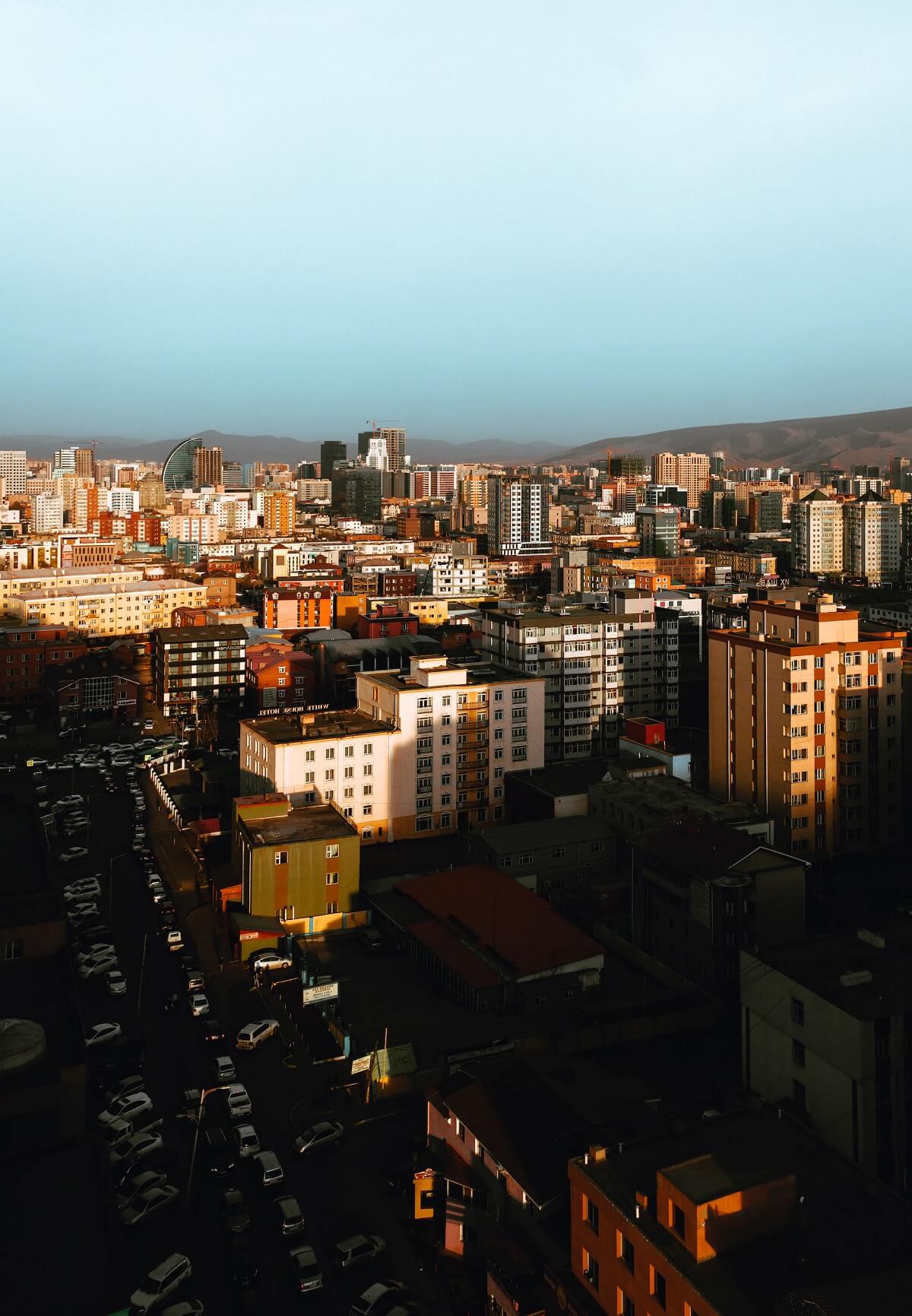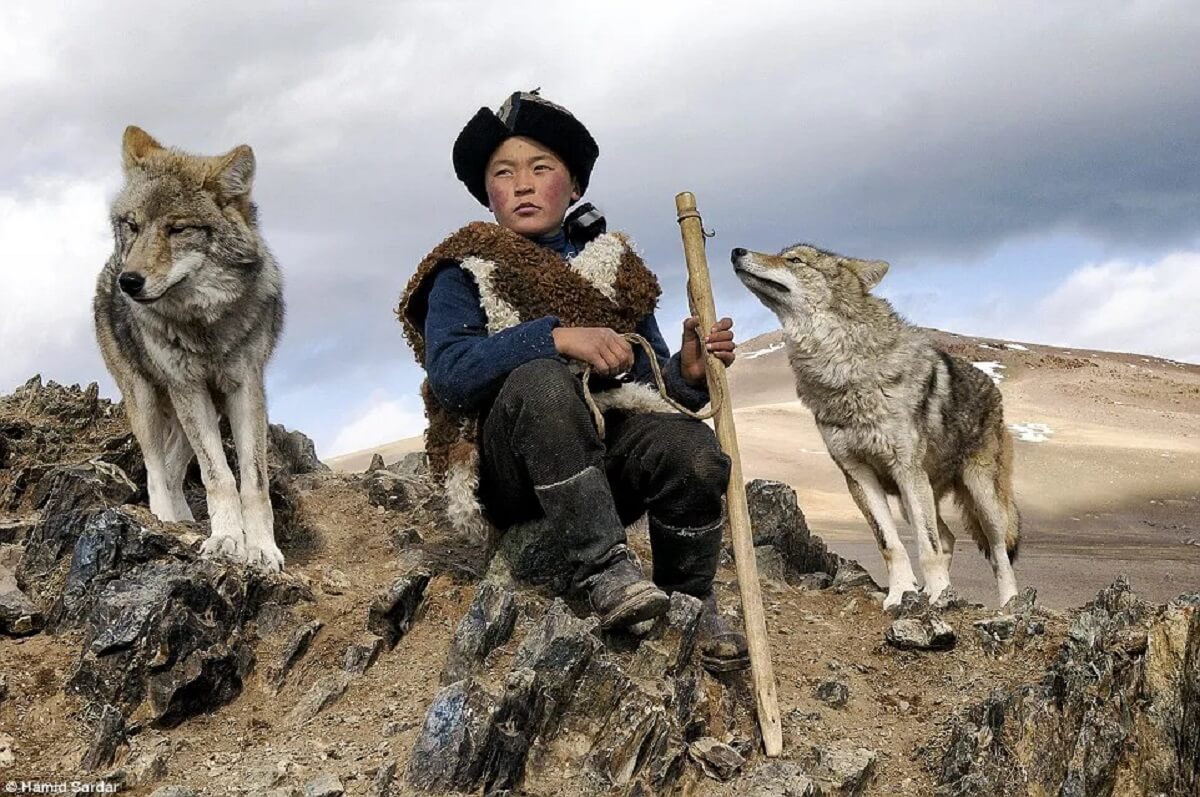Mongolian culture
The Mongolian people have a long history of nomadic pastoralism. Mongolian culture has been influenced by the cultures of the Asian countries it has been in contact with, including China, Russia, and the West.
Today, many Mongol families live in cities, but there is still a strong nomadic culture in Mongolia.
Mongolia is known for its traditional music, dance, and throat singing. Mongolian cuisine is also quite unique and includes a variety of meats, dairy products, and vegetables.
The Mongol families have a deep respect for the environment and for nature. This is reflected in their traditional belief system, which includes a reverence for the spirits of the natural world. Nomadic Mongolians also have a strong tradition of shamanism.
Mongolian culture is very family-oriented. Families are typically large and extended family members often live together. It is not uncommon for three generations to live under one roof. Family bonds are very strong, and Mongolian children are expected to respect their elders.
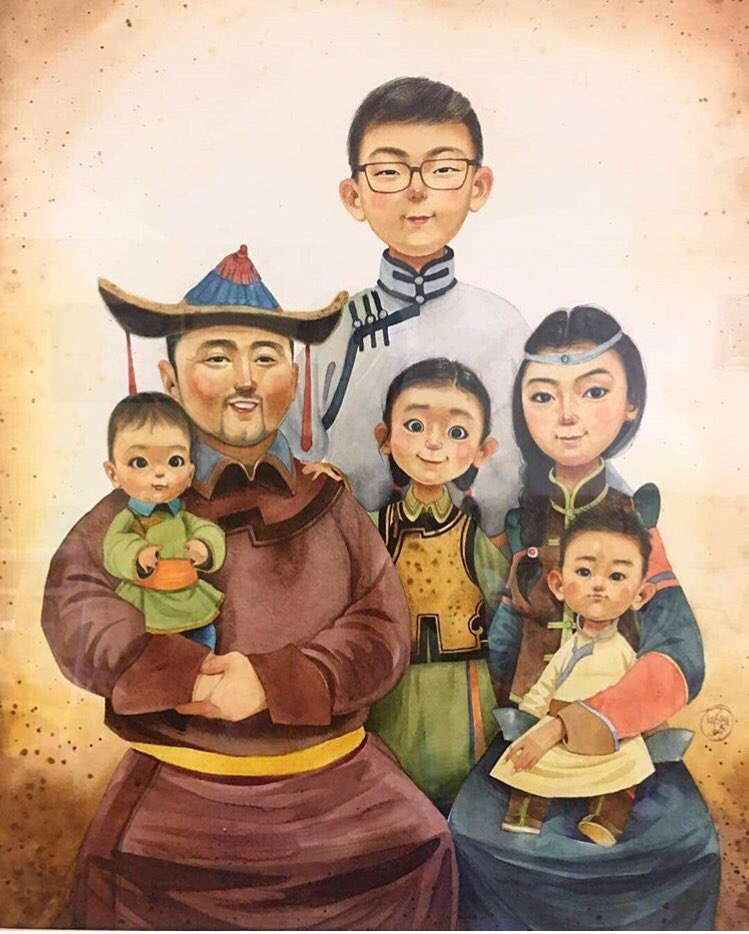
Mongolians are also known for their hospitality. Visitors to Mongolia are often greeted with a cup of fermented mare’s milk, known as airag.
Mongolian culture has undergone a significant change in recent years, as the country has modernized and become more globalized. However, many traditional Mongolian values and traditions remain strong.
Mongolian Heritage and Traditions
Modern mongolian culture is heavily influenced by the country’s nomadic heritage. Mongolia is well known for its traditional music, dance, and literature.
Mongolians have a strong sense of national pride and are very protective of their cultural heritage. They are also very hospitable and welcoming to visitors, so don’t be afraid to ask questions or join in the fun if you’re lucky enough to be invited to a traditional Mongolian celebration.
Mongolian language
The Mongolian language is also one of the most unique in the world, with a complex system of honorifics and wordplay that can be difficult for outsiders to understand.
Mongolian is an extraordinary language spoken by many people across the world. The Mongolian language family portrays uniqueness and is considered to be part of the Altaic language family, which takes its name from the majestic Altai Mountains.
Mongolian has no alphabet of its own but uses Cyrillic writing, which was introduced during the Soviet era. Mongolian Cyrillic has 35 letters, with some modifications to fit the Mongolian sound system.
Although Mongolian officially uses vertical writing in right-to-left direction, horizontal writing from left to right is also common in informal contexts.
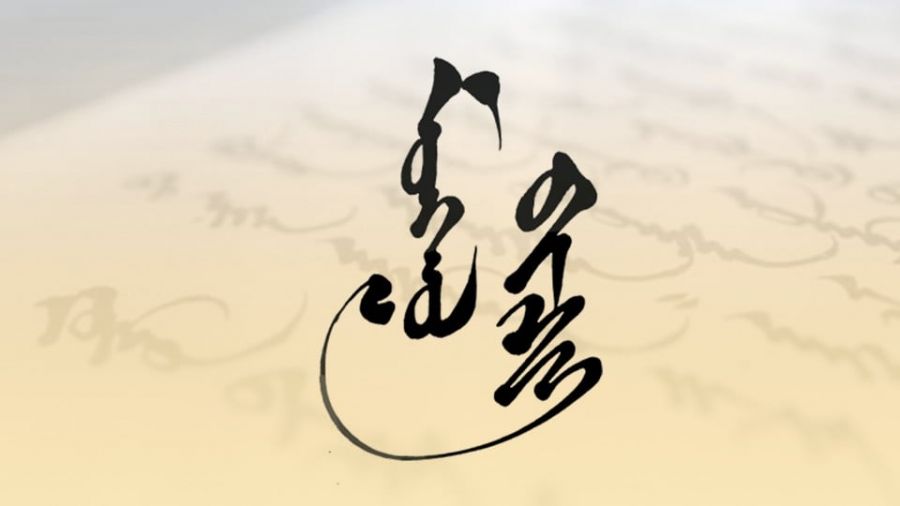
The national and official language of Mongolia is Mongolian, a Khalkha dialect variety is spoken by 95% of the population. Other minority dialects include Durwud, Tuvan, and Buryat, all spoken by small minorities.
Kazakh speakers can be found in western Mongolia’s West. Mongolian is unique among languages in that it has been heavily influenced by both Mongolian nomadic culture and Tibetan Buddhism.
This can be seen in Mongolian vocabulary, which includes many words related to horsemanship and nomadic life as well as words borrowed from Tibetan and Sanskrit.
Mongolian syntax is also unusual, with elements of both agglutinative and analytic structure. In addition, Mongolian has a complex system of honorifics that expresses different levels of politeness and respect according to the speaker’s relationship to the person being addressed.
For all these reasons, Mongolian is an interesting and rewarding language to learn.
Mongolian Yurt that we call ‘Ger’
The Ger is the traditional dwelling of the nomadic people of Mongolia. It is a round, portable structure that is covered with felt or skins. The Ger is easy to set up and take down, and it can be moved easily from one location to another.

Gers are very comfortable and warm, even in the coldest weather. They are also very spacious, and can easily accommodate a large family or group of people.
Mongolian culture: Cuisine
Mongolian food is hearty and filling, with a focus on meat and dairy products. Common dishes include buuz (steamed dumplings), khorkhog (barbecued mutton), and tsagaan IP (white cheese).
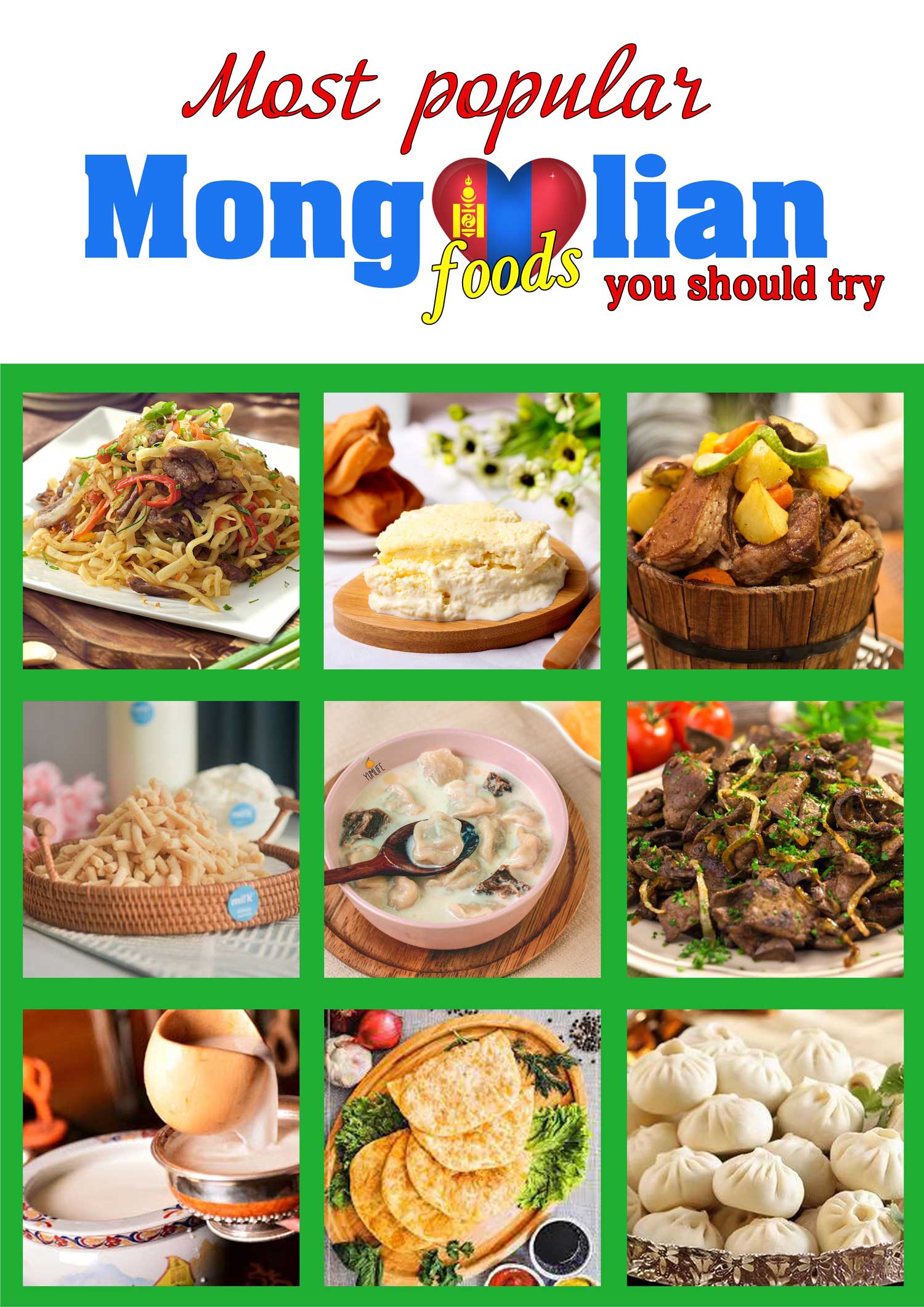
The Mongolian diet is also quite healthy, as it includes a lot of fresh fruits and vegetables. Mongolians typically eat three meals a day, with the largest meal being eaten in the evening.
Mongolian beverage is healthy for the human body also.
If you’re invited to a Mongolian home for a meal, it’s considered polite to bring a small gift for your hosts. Traditional gifts include alcohol, cigarettes, or sweets.
Mongol Empire
The Mongolian people have a long and rich history. For centuries, they were a powerful nomadic empire that controlled a large part of Asia and parts of Europe. The Mongolian Empire was founded by Genghis Khan in 1206, and at its height, it included present-day Mongolia, China, Korea, parts of the Middle East, and parts of Eastern Europe.
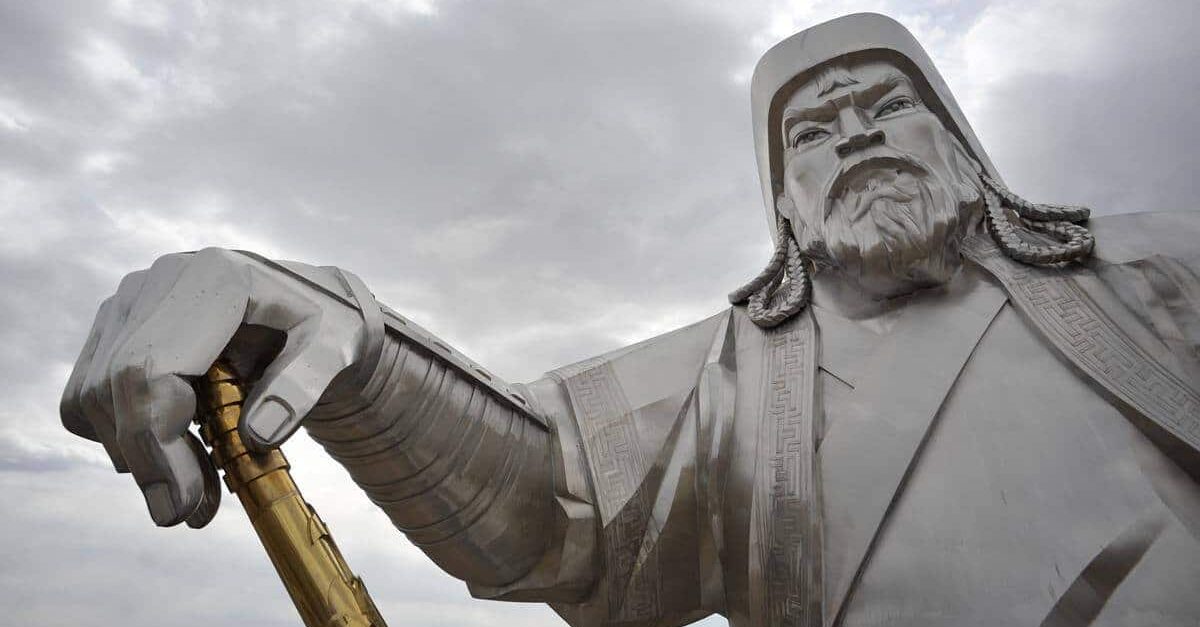
After the death of Genghis Khan, the Mongolian Empire began to decline. It was eventually defeated by the Chinese in 1368. The Mongols then retreated back to Mongolia, where they continued their nomadic lifestyle.
In the early 20th century, Mongolia was occupied by China and Russia. In 1911, Mongolia declared its independence from China, but this was short-lived. Russia then took control of Mongolia in 1919.
In 1924, the Mongolian People’s Republic was established as a Communist state. This lasted until 1990, when the country began to transition to a market economy. In 1992, Mongolia held its first free elections and became a democracy.
Today, Mongolia is a rapidly developing country with a growing economy. However, it faces many challenges, such as poverty, environmental degradation, and corruption. Mongolians are proud of their rich culture and history, and they are working to preserve it for future generations.
Mongolian Games
Mongolians have a long and rich history of traditional games. One of the most popular is called Shagai, which is played using sheep anklebones.
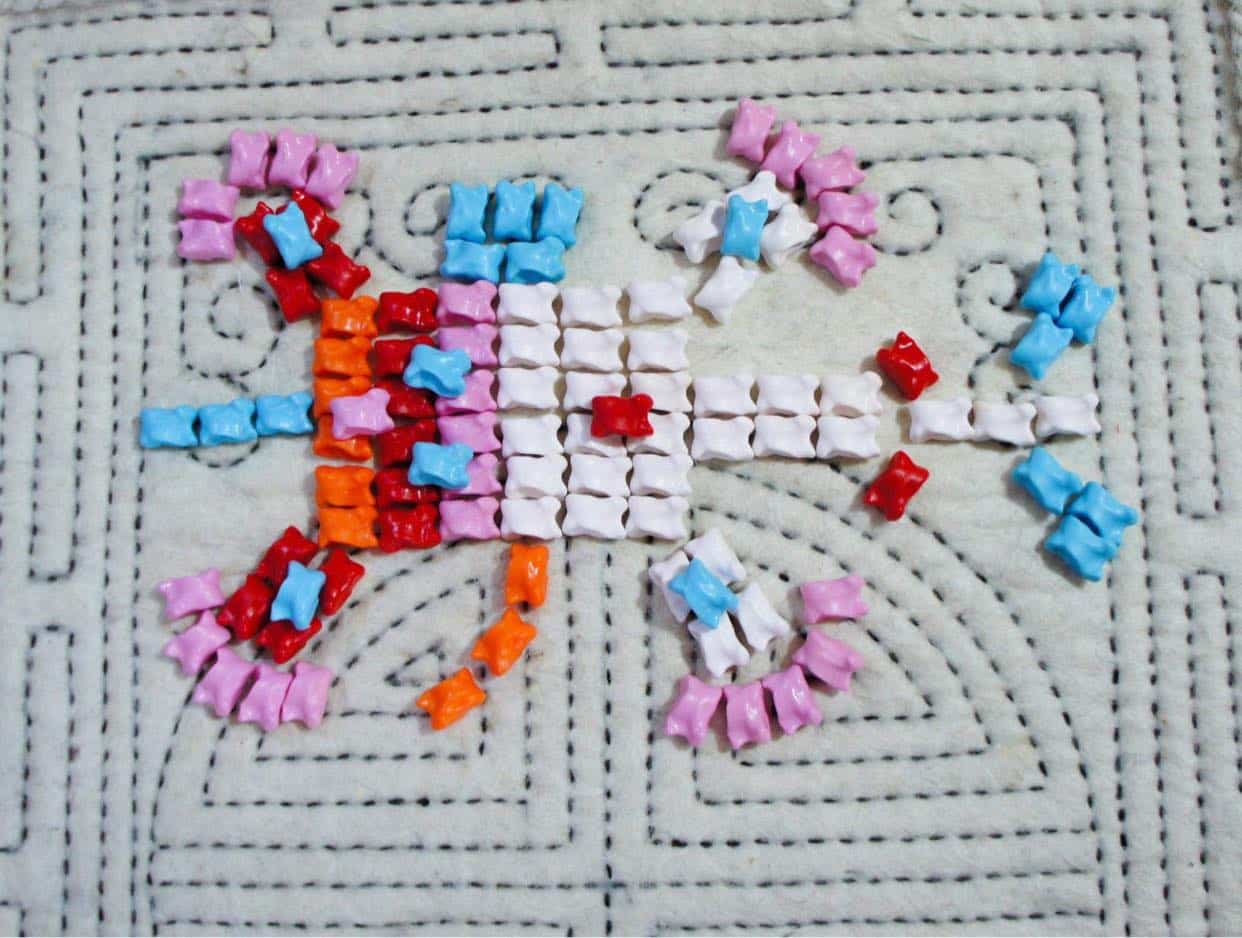
Shagai can be traced back to the Mongolian nomadic tribes of the 13th century, who used the bones to make dice for gambling.
Today, the game is still widely played, and Mongolians consider it to be an important part of their heritage. Here I share with you “how to play Ankle bone games”
And other popular Mongolian tradional games are include:
- Sheep Anklebones game
- Khorol game
- Dembee
- Traditional wooden puzzle game
- Ice knuckbone game
- Chess
Mongolian Nomads
Mongolia has a long and rich history. The Mongolian people have a proud tradition of nomadic pastoralism, and they have played an important role in world history.
Today, Mongolia is a rapidly modernizing country, but its people still maintain a strong connection to their heritage. The Mongols are ethnically diverse people, with many different tribes and clans.
The largest group is the Khalkha Mongols, who make up about 85% of the population. Other major groups include the Buryat, Dariganga, Oirat, Tuvan, and many others.
Mongolia’s history is full of great leaders and conquerors, such as Genghis Khan and Kublai Khan. The Mongol Empire was once the largest empire in the world, and it had a profound impact on the development of Eurasia.
Today, Mongolia is a proud and independent nation, and its people are poised to play an important role in 21st century.
Mongolian Traditional clothing
The clothing of the Mongolians are also very colorful and unique. The traditional dress for men is a long tunic called a deel, which is worn over loose-fitting trousers.
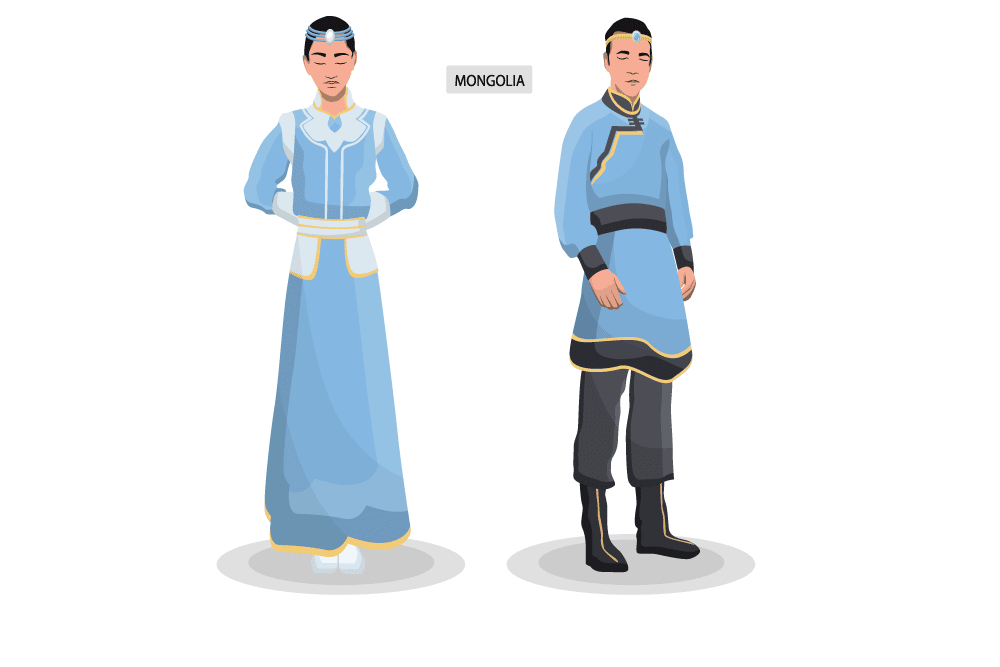
Mongolian Women typically wear a long, brightly colored dress called a del. Both men and women often wear felt boots and hats to protect them from the cold weather.
The lifestyle of the Mongol families is also very unique. They are a nomadic people, which means that they move around frequently in search of new grazing grounds for their animals.
Even today, there are many Mongolians who still live a nomadic daily life.
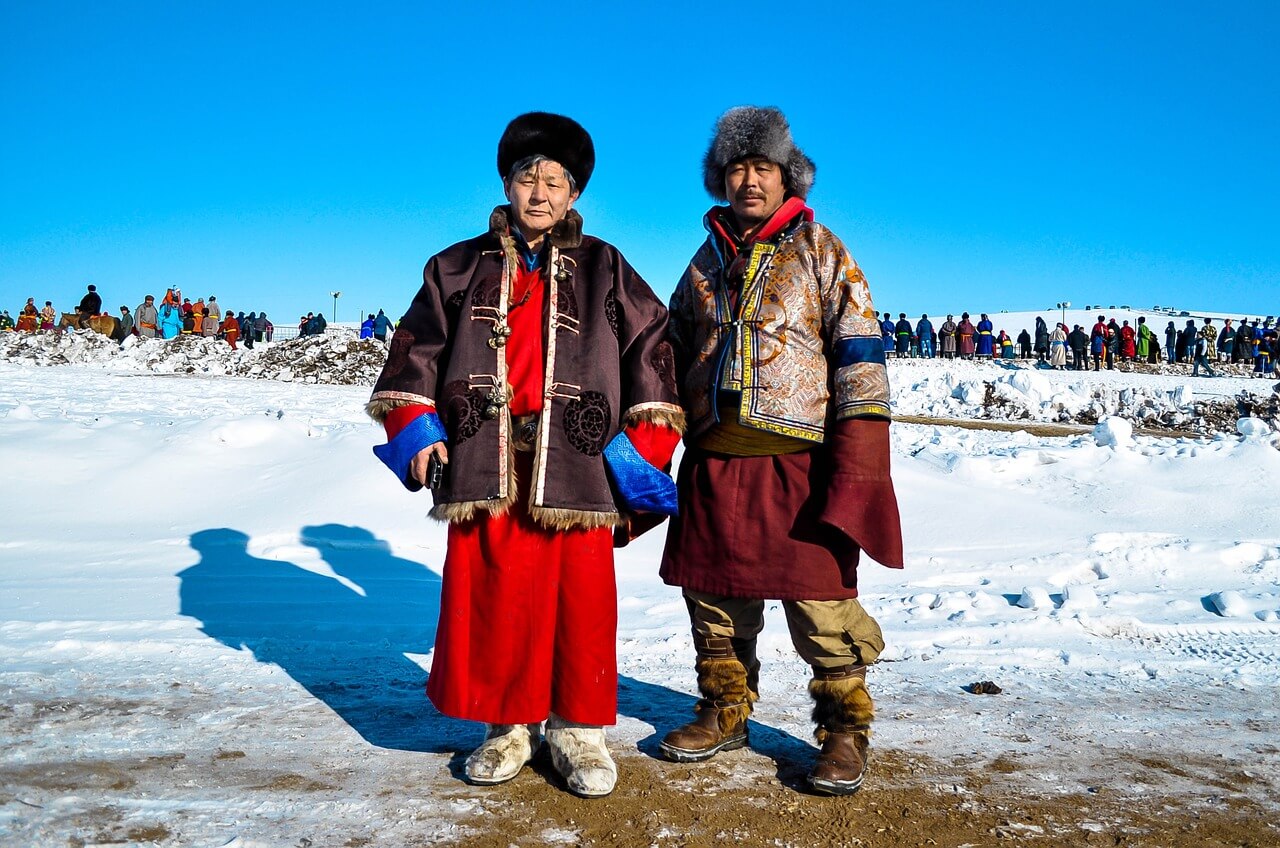
Despite the modernity of some aspects culture of Mongolia, the country remains deeply traditional in many ways.
The people of Mongolia are proud of their rich cultural heritage and continue to maintain many of their ancient customs and traditions.
Mongolian horse culture
The history of Mongols is closely related to horses. The people of Mongolia have a long tradition of living in close harmony with the natural environment. They are proud of their nomadic heritage and their skills in horsemanship and livestock husbandry.

The people of Mongolia are also known for their love of horseback riding. Every year from July 11-13th we celebrate Naadam Festival. The festival consists of the “three manly sports”- wrestling, horse riding and archery. In fact, Horseback riding is one of the most popular sports during the Naadam festival.
Mongolian horses are small but tough and can cover great distances without tiring.

Mongolia is a land of great contrasts. In the In Ulaanbaatar, Mongolia’s capital, you can find modern high-rise buildings and luxury hotels. But step outside the city, and you’ll find yourself in the middle of vast open spaces where nomadic herders still live and work just as they have for centuries.
If you’re looking for an adventure, Mongolia is the perfect place to find it. From horseback riding and hiking to camping and climbing, there’s no shortage of things to do in this beautiful and unique country.
Mongolian traditional Instrument
The morin khuur is a traditional Mongolian stringed instrument that has been played for centuries. Also known as the horse head fiddle, it is said to resemble the head of a horse, with a long neck and two carved wooden horns.

The body of the instrument is made from a hollowed-out piece of wood, and the strings are traditionally made from horsehair. The morin khuur is played with a bow, and the music it produces has a unique, haunting quality.
Today, the morin khuur is still an important part of Mongolian culture, and it is beloved by musicians all over the world. If you want to see Morin Khuur history check this link.
And other Popular traditional songs are:
Mongolian religion
Mongolian religion is a collection of Mongolian religions which have existed since the time of the Mongol Empire. The majority of the Mongolian population follows Tibetan Buddhism, but there are also populations of Muslims and Christians.

Mongolian religions include shamanism and animism, and these beliefs are often syncretized with Tibetan Buddhism. The Mongolian people have a deep respect for the natural world, and they believe that everything has a spirit.
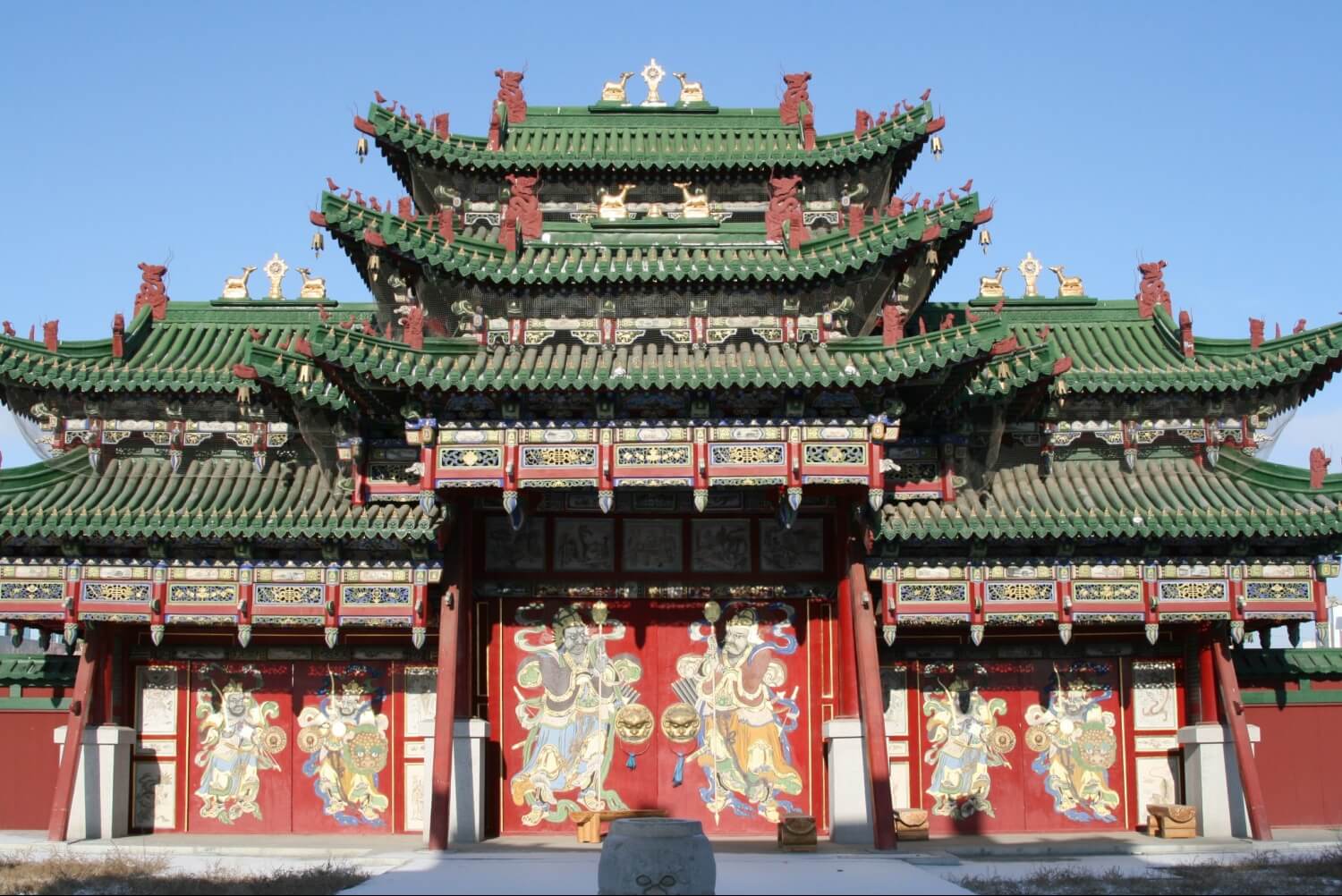
This includes animals, rocks, and even mountains. We also believe in reincarnation, and we often honor our ancestors by making offerings to them. Mongolian religion is a complex and fascinating belief system that has been passed down through generations.
Dance is Our Culture
Mongolian traditional dance is a vital and ancient part of Mongolian culture. It is performed during important life events such as weddings, funerals, and New Year celebrations.
There are 3 types of Mongolian dance.
- folk dances
- historical dances
- and classical dances.
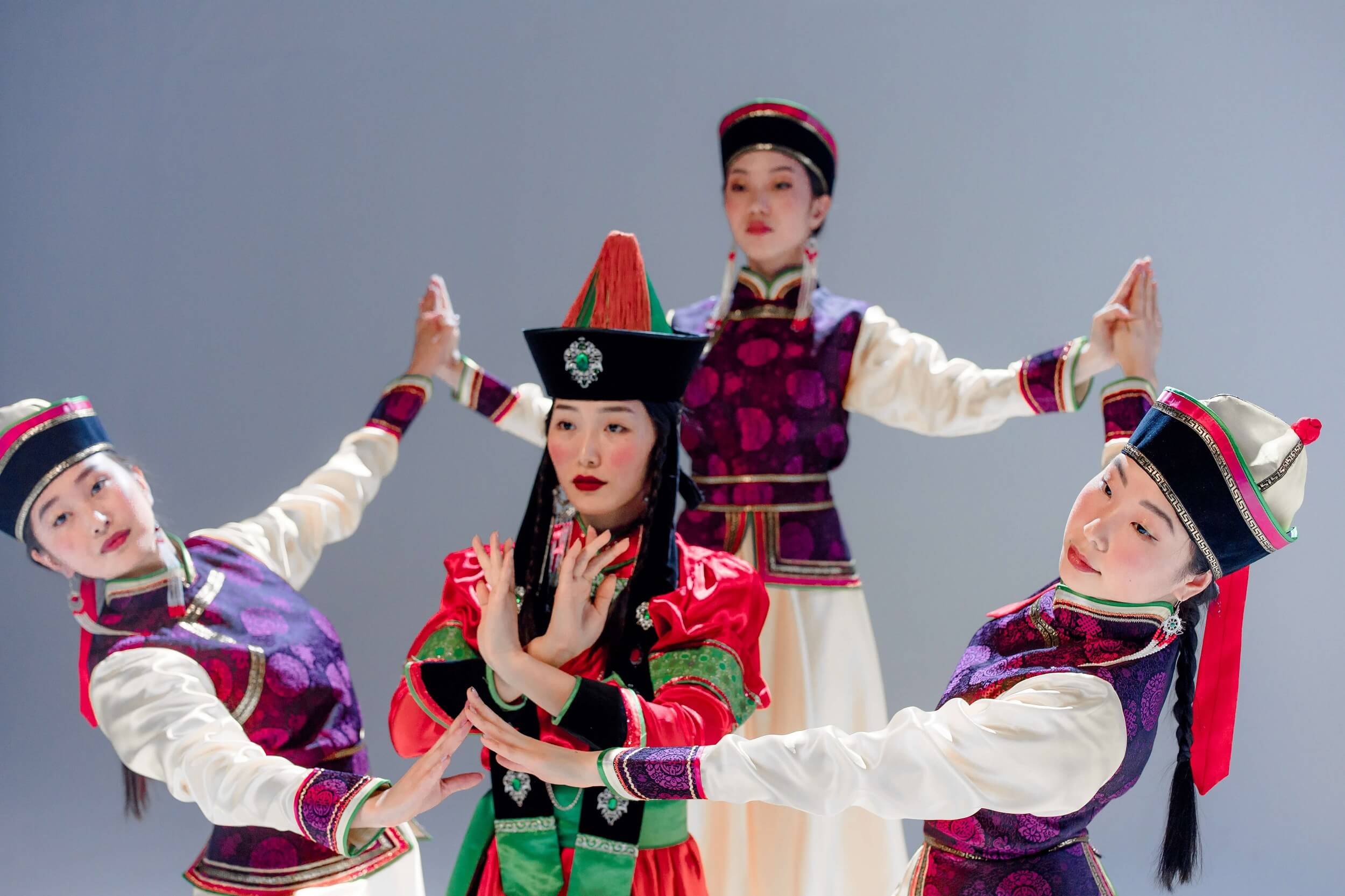
The dances are often accompanied by music played on traditional instruments like the Morin khuur (horse-head fiddle) and the doshpuluur (double-headed drum).
What is considered rude in Mongolia?
5 best advice to travelers
There are a few things that are considered rude in Mongolian culture. If you are planning to travel to Mongolia here is attached some advice for you. When you get traveling in Mongolia some cases might happen to you.
- The Most of family has a dog outside. The dog is not confined by the family, and no one opens the door. It means don’t bother me.
- If you have a present for someone. Don’t let it down on the floor. This expresses not respecting them.
- It is forbidden to kick the doorposts and stoves. The stove is very respectful and sacred for them.
- If you need to urinate do not go to the North side. Because the polar star is located on the north side.
- Don’t walk over the hat, and Deel /Mongolian traditional clothes/
Bonus tips that might be useful during your travel.
- Don’t touch the head. In Mongolia, we truly hate that someone touches people’s head
- If someone gives you a worthy thing like a present, vodka what else take it to the right hand or use both hands. Taking two hands means more respect.
- Khadag is a long piece of silk fabric that is often utilized in Mongolia. Khadag is a term used in Mongolia to show respect and admiration for someone. When you visit the herder family, and tries to give present alcohol with Khadag. You will be surprised after that.
I’ll also share some photos of the beautiful Mongolian landscape. So if you’re ready, let’s explore Mongolia! If you interesting to traveling Mongolia here I am suggest you my full advices.
Related Tours:
Let us know in the omments below! or join our newsletter today
Related Content:
Share to Public

